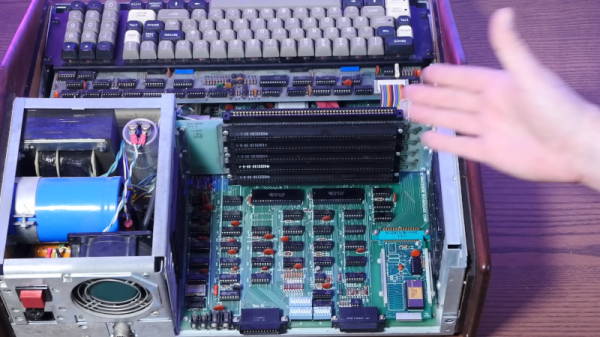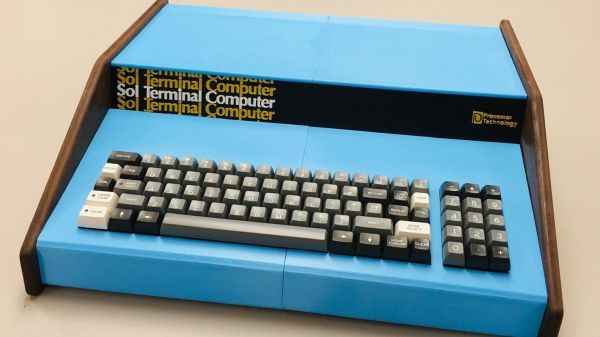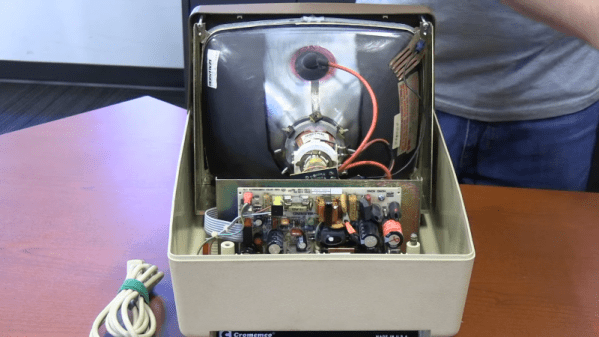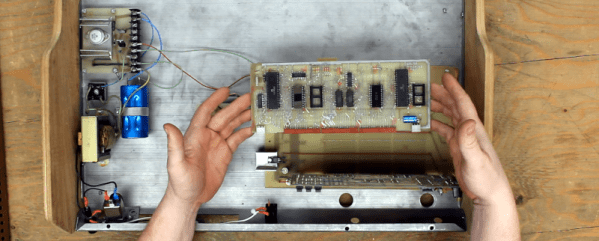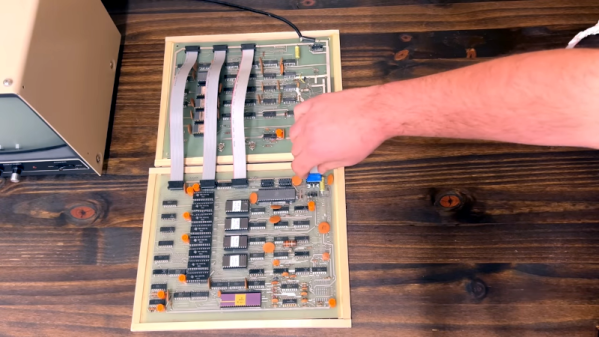[Action Retro] came into an antique Sol-20 computer and argues that it was the first totally integrated computer aimed at consumers that didn’t require you to buy or build some kind of terminal. These are fairly rare, so we appreciated the peek inside that you can see in the video below.
Sure, the Sol-20 wasn’t the very first computer out there in the market. It was, however, one of the first ones that didn’t need anything more exotic than a monitor to have a functional system (and the monitor was included). There were alternatives such as a Xerox Alto or a Wang 2200, but those had price tags that didn’t land them in your home. Even Apple, which would become famous for a turnkey system, was only producing the Apple I at that time. As the video points out, it was complete as long as you could build your own power supply and knew how to interface a keyboard — keeping in mind that keyboards were all wildly different in those days.

